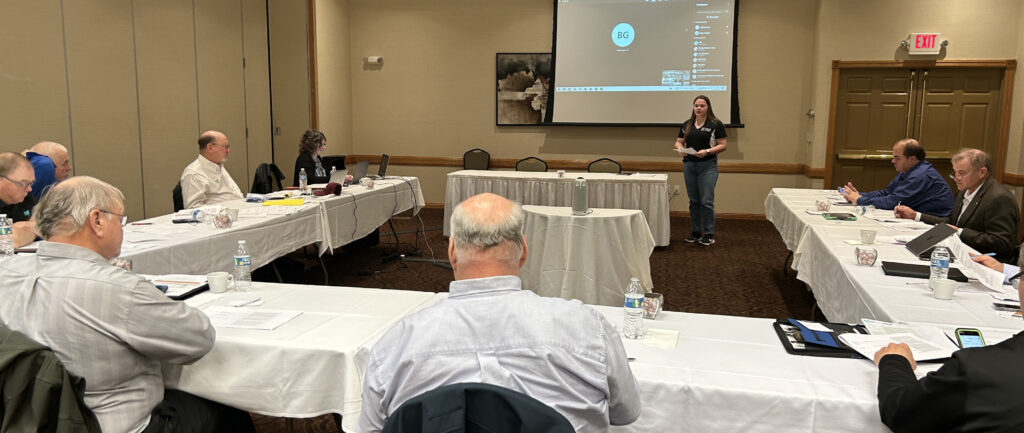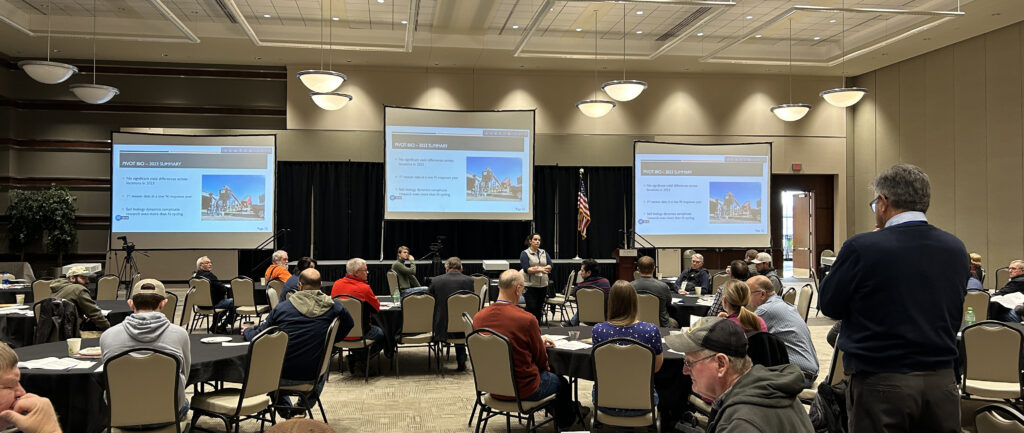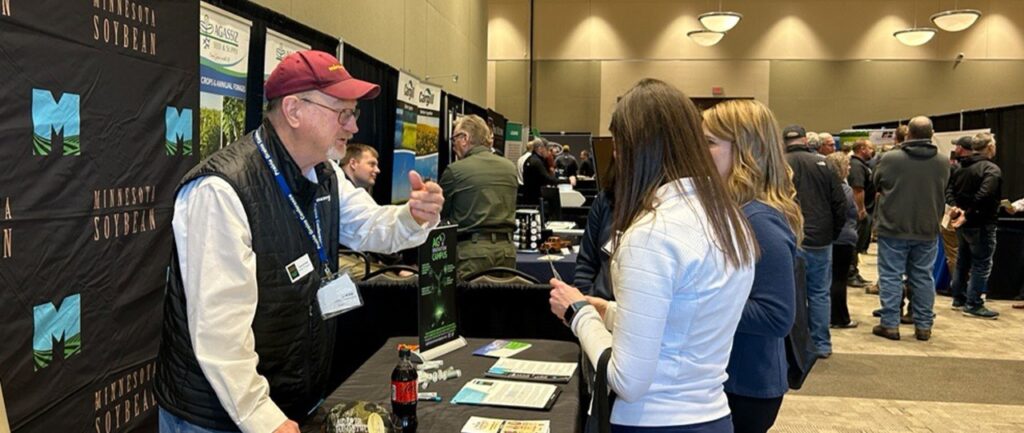Fall is in the air, the leaves are dropping and seed agronomists are making the rounds, asking what problems you had last year, what varieties are available to overcome those problems and which seed treatments you need to use.
Therein lies the problem: what do farmers need? There are multiple studies available, most say one thing, and others say another. What do the Minnesota Soybean funded projects indicate? Well, they indicate a lot of variation exists across locations.
Dr. Seth Naeve and Dr. Aaron Lorenz of the University of Minnesota examined nine seed treatment products that were most likely to be available to Minnesota producers. Seed was treated and entered along with an untreated check into all 4 zones (13 locations) of the University of Minnesota Soybean Variety trials, conducted by Dr. Aaron Lorenz. Varieties used were: AG2136 (South), AG1636 (Central), AG0536 (North), and AG00835 (Far North) as appropriate for the 4 zones.

The yield (averaging 60+ bushels per acre) results indicate a lot of things, but nothing consistent across all locations. In his report, Seth makes these points:
When examined over all 13 sites, none of the seed treatments increased yield over the untreated control. Some treatments appeared to increase yield slightly, but this was likely due to random chance and was not statistically significant.
When examined over sites which had SCN counts over 1,000 eggs/100cc soil (Fairfax, Lamberton, Morris, Rosemount, and Westbrook), there were no significant effects due to any treatment containing Clariva or ILeVO.
When examined by region, only plots in the Central Zone showed treatment effects. There were no treatment effects for yield noted in the Southern Zone, Northern Zone, or Far North Zone.
Figure 1. Soybean yield in the central zone of Minnesota as affected by seed treatment.

In the Central Zone (Figure 1), there were significant yield effects from several treatments (yellow bars indicate treatment yield was significantly greater then yield from the untreated control) but the responses are not easy to explain. For instance, combination treatments did not always yield as much as some of the treatments that were made up of a portion of the overall active ingredients.
What do these results mean for you?
Simple, all farmers are individuals; all sites are separate. Seed treatments can be great tools, but they are poor insurance policies. A one-size-fits-all approach fits most poorly. If you have a problem a seed treatment solves, then use it. If you think you have a problem a seed treatment might solve, be wary.
Here is another way of putting it. If you might have the problem, then you are purchasing an insurance policy not solving a problem.
Ask yourself; At $9/bushel, can you afford using seed treatment as an insurance policy? Will using the treatment cause problems with pollinator survival? Off-site movement (aka dust drift)? Is it better to just use a suggested seed treatment or use your resources to diagnose the situation for each field?
Ultimately, it is your decision.







